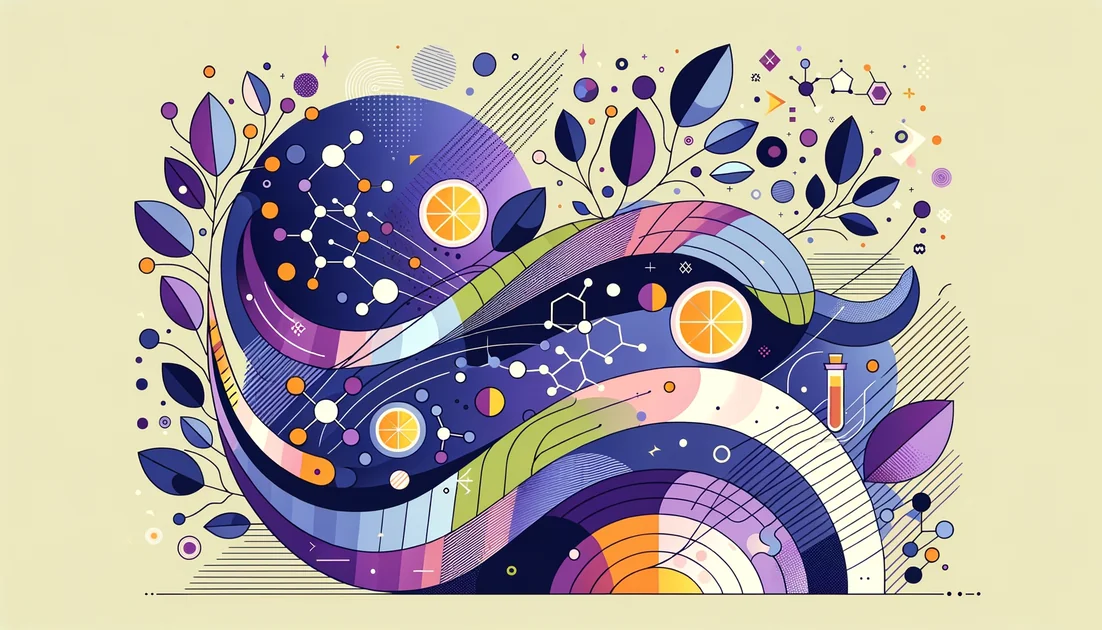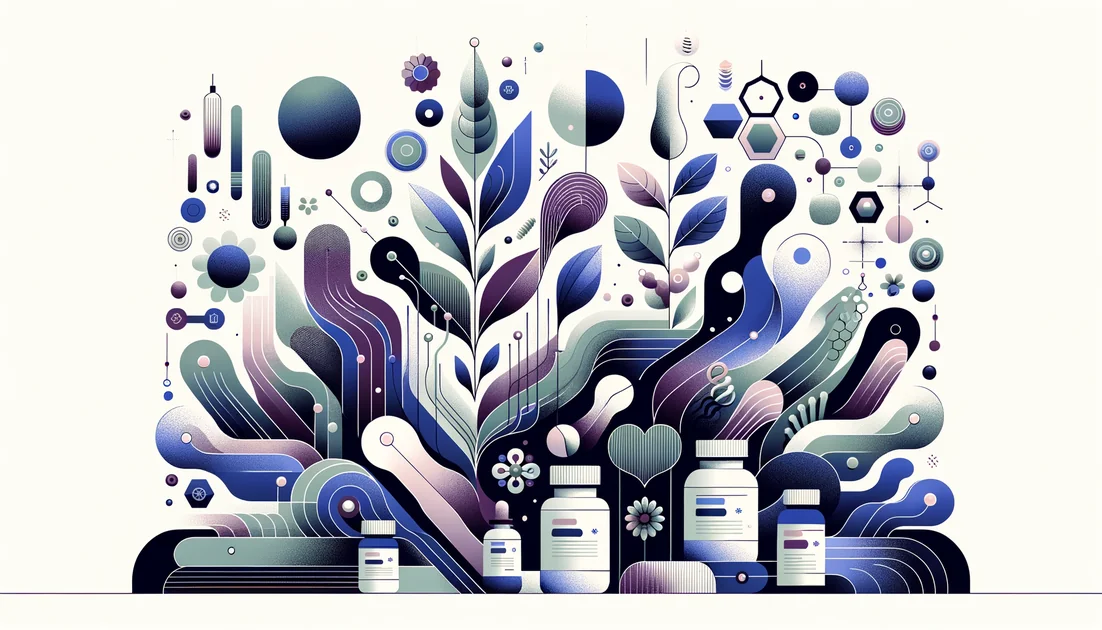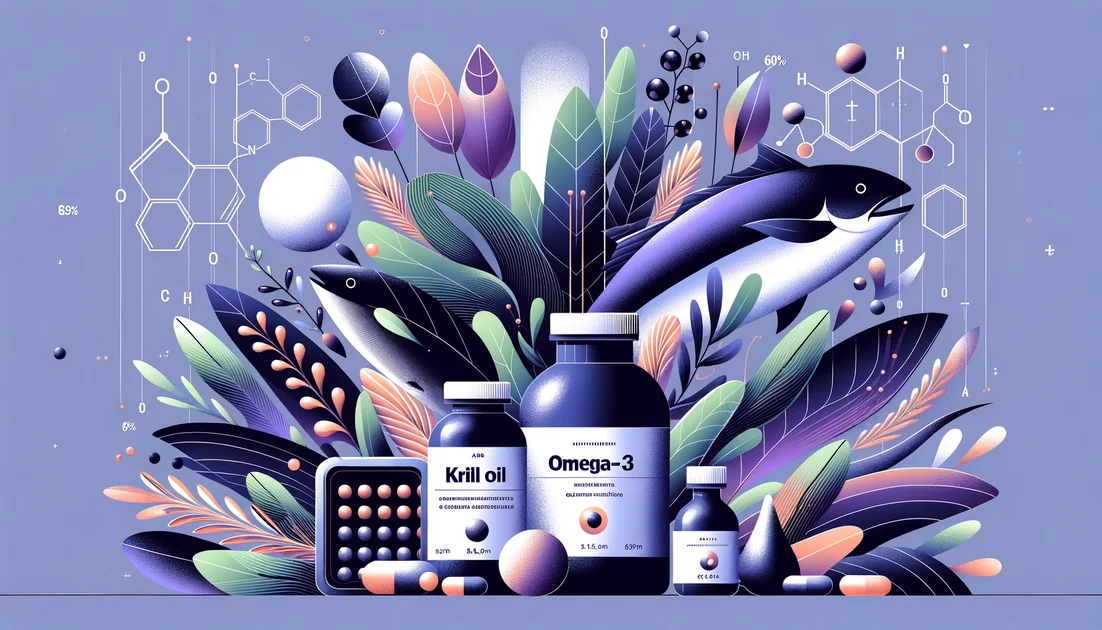
Lemons, Paprika, and the Data: What Vitamin C Really Teaches Us About Resilience
Picture a sailor in 1747, gums bleeding, legs spotted, morale sinking. Six days after eating two oranges and a lemon, he's back on duty. Two centuries later, a Hungarian biochemist looks at a bowl of paprika and realizes he's holding kilograms of the same lifesaving force. In between those moments—and ever since—Vitamin C has been less a miracle and more a masterclass in how evidence matures.
- Evidence
- Robust
- Immediate Effect
- Within hours for iron absorption; within days when correcting deficiency. → 3–4 weeks for tissue repair and steady immune benefits seen in trials.
- Wears Off
- 2–4 weeks after stopping, faster if intake is very low.
A cure found at sea, and a nutrient hiding in plain sight
On May 20, 1747, Royal Navy surgeon James Lind divided twelve scorbutic sailors into six pairs and tried six remedies at sea. Only the pair given citrus recovered—so quickly that one was fit for duty within six days. In his Treatise, Lind wrote of the "most sudden and visible good effects" from oranges and lemons. [6] By 1795, the Admiralty began issuing lemon juice fleet-wide, helping to end scurvy as a routine killer of sailors. [3][4] Centuries before, Indigenous people on the St. Lawrence had brewed a conifer tea—annedda—that saved Jacques Cartier's crew from winter scurvy, an early cultural clue that fresh plant foods could restore failing bodies. [5] Fast-forward to the 1930s. In Szeged, Hungary, Albert Szent-Györgyi isolated a reducing agent from adrenal glands and plants, then proved it was the antiscorbutic factor—Vitamin C—and famously found paprika could yield it by the kilogram. He won the 1937 Nobel Prize for showing how this molecule powers cellular combustion. [1][2] As he later quipped, "Discovery consists of seeing what everybody has seen and thinking what nobody has thought." [21]
What Vitamin C actually does inside you
Think of collagen as your body's rebar—the steel that reinforces concrete. Vitamin C helps the enzymes that tack tiny "handles" (hydroxyl groups) onto collagen's building blocks so the triple helix locks tight. Without it, tissues fray: gums bleed, wounds split, hair corkscrews. [9][18] At your intestinal border, Vitamin C is the friendly usher changing iron's coat from rusty ferric to sleek ferrous so it slides through the door—especially from beans and greens. [10][11] It even donates electrons inside the gut's own iron-reducing machinery, another way it eases iron across. [10] And beyond its antioxidant role, Vitamin C is an epigenetic locksmith. It helps TET enzymes erase methyl tags on DNA—turning genes back on at the right moments. In cells, adding Vitamin C can turbocharge this demethylation cascade; early human work hints it may normalize patterns in people with TET2 mutations. [16][17][19]
The cold truth: when hype meets hard endpoints
If you take Vitamin C every day, do you dodge colds? In the general population, large reviews say no. But the story has a twist: routine Vitamin C modestly shortens how long colds last—and makes them a bit milder—especially at 1–2 g/day; in people under extreme physical stress (think skiers, marathoners, soldiers), it can cut risk about in half. [7][8] As the Cochrane authors put it, "routine supplementation is not justified" for everyone, though it "may be useful" when stress is high. [7]
The iron paradox: a door that doesn't always need oil
For decades, we told patients to take iron with Vitamin C. Mechanistically, it makes sense—and at meals, Vitamin C clearly boosts non-heme iron uptake. [11] Yet, a 440-person randomized trial in iron-deficiency anemia found iron alone was equivalent to iron plus 200 mg Vitamin C every eight hours for restoring hemoglobin and ferritin. In other words, the door opens fine for many without extra oil. [12]
When megadoses move from promise to pause
Critical care flirted with high-dose intravenous Vitamin C. In CITRIS-ALI (sepsis-related ARDS), Vitamin C didn't improve organ failure scores or inflammation markers; a lower 28-day mortality appeared only among many secondary outcomes without adjustment for multiple comparisons. [14] LOVIT, a larger NEJM trial in septic adults, found high-dose IV Vitamin C actually increased the composite of death or persistent organ dysfunction at 28 days. [15] The bedside takeaway: outside of deficiency, enthusiasm for IV megadoses should yield to caution.
Real faces behind deficiency
Deficiency never truly vanished. A 3-year-old with an undetectable level and a limp improved almost immediately once Vitamin C was started. [18] In an ICU, a man with alcohol use disorder and a vasculitis-like rash turned out to have scurvy. Treating the deficiency resolved the puzzle. [19] Modern scurvy often hides in restricted diets, food insecurity, alcohol use, or medical complexity—and it responds within days to repletion. [18][19]
How to use the lesson today
You don't need a ship's surgeon—just a plate. Most adults meet needs with 75–90 mg/day, and smokers need about 35 mg more because smoke depletes stores. [9] Food sources are fail-safe: citrus, berries, kiwi, peppers, potatoes, and brassicas.
If you're plant-forward or low-iron, a squeeze of lemon on beans, a pepper in your salad, or fruit with your iron-rich meal helps the metal across the line. [11]
Training hard in the cold? Regular Vitamin C may shave sick-days and ease symptoms; it won't you virus-proof. [7][8]
Fighting a cold now? Trials of starting Vitamin C after symptoms are mixed; benefit is less consistent than taking it in advance. [7]
Taking oral iron? The 2020 trial suggests you don't need to chase every dose with Vitamin C; if you do pair them, do it for preference, not necessity. [12]
A few smart cautions:
High-dose supplements have been linked to more kidney stones in men; diet Vitamin C wasn't implicated. [13]
Because Vitamin C enhances iron absorption, people with iron-overload disorders (like hereditary hemochromatosis) are advised to avoid high-dose Vitamin C supplements. [20]
Rarely, very high-dose IV Vitamin C can trigger hemolysis in G6PD deficiency—screening matters before megadose infusions. [22]
Why Vitamin C endures
Vitamin C's story is not one of panaceas, but of fit: a molecule that binds where biology needs it—on collagen's assembly line, at the gut's iron gate, and even inside the genome's edit suite. The lesson from citrus barrels to clinical trials is humility: dose, context, and question matter. Lind's small shipboard experiment foreshadowed modern RCTs. Szent-Györgyi's paprika pointed to abundance hiding in everyday foods. And a century of studies reminds us that a nutrient can be essential without being magical. The enduring challenge—and joy—is to keep asking Szent-Györgyi's kind of question: what is everyone seeing, and what, still, have we not yet thought? [21]
Key takeaways
- •History teaches limits and power: citrus ended scurvy at sea, and Szent-Györgyi's paprika helped reveal vitamin C hiding in plain sight.
- •Colds: regular vitamin C modestly shortens duration/severity; it doesn't prevent colds in the general population, with stronger effects under extreme physical stress.
- •Iron: vitamin C boosts non-heme iron absorption, yet one RCT found iron alone worked as well as iron+vitamin C for correcting anemia.
- •Dosing and timing: most adults need 75–90 mg/day (smokers +35 mg/day); prioritize foods and pair fruit or peppers with plant-iron meals; consider steady use during heavy training rather than after symptoms start.
- •Who benefits most: people with low fruit/veg intake, smokers, endurance athletes in cold environments, restrictive diets/food insecurity, and those relying on plant-based iron sources.
- •Cautions and limits: high-dose supplements linked to kidney stones in men; avoid high doses with iron-overload (hemochromatosis); screen for G6PD deficiency before IV megadoses; high-dose IV failed in sepsis and was harmful in a larger follow-up trial.
You might also like
Explore more of our evidence-led investigations, comparisons, and guides across every article style.

XYMOGEN
XYMOGEN's practitioner paradox: testing-forward and tool-rich—now selling direct to consumers

Fish Oil (EPA+DHA from fish oil) vs Krill Oil (Antarctic krill oil)
For most people seeking proven heart benefits or triglyceride lowering, choose fish oil (or prescription EPA) because outcomes data are strongest. Pick krill oil if you prefer smaller caps and potentially gentler GI feel, knowing EPA+DHA per capsule is usually lower. [4][6][1]

Best for longevity
Selenium 200 mcg + CoQ10 200 mg daily (4 yrs) — mortality signal [2]

Apigenin
You wrap your hands around a warm cup of chamomile. Steam rises, the day settles—and somewhere between your eyelids and your cells, a small plant molecule begins two very different conversations: one with the brain's calming brakes, another with the cell's energy meters.

Calm Focus Unlocked: Kill The Jitters
Real but modest, short-term benefits with a "gas pedal + steering" effect; best for focused tasks, not all-day stimulation.

Tocotrienols
The stealthier cousins of vitamin E—built with springy tails that move differently in cell membranes and behave differently in your body.
